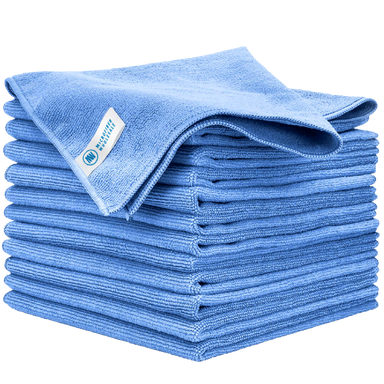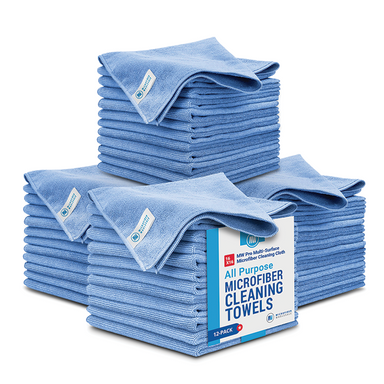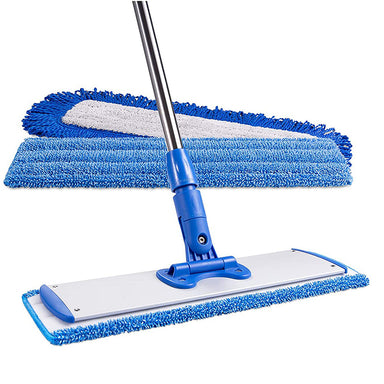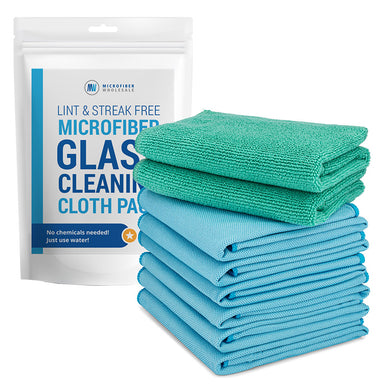Microfiber. It's the modern marvel that revolutionized the way everyone cleans. But, as Uncle Ben explained to Spiderman, “With Great Power Comes Great Responsibility!” Microfiber, like any powerful tool, demands proper care to unleash its fullest potential. As a cleaning expert and product researcher who has spent decades testing thousands of cleaning tools, I cannot stress enough the importance of properly maintaining your microfiber.
High-quality microfiber isn't cheap, but it’s worth every penny because of its faster performance and longer lifespan. There’s a catch, though, which is that longevity only matters if you keep your microfiber in good enough condition to keep using it! Splurging on top-tier microfiber only to have it stain, tear, and break prematurely is not just a blow to your wallet, but also an unnecessary waste of resources.
Let’s stop the problem before it starts and reveal all the best tricks to keeping your microfiber looking sharp all the way up to its 300th wash and beyond!

















